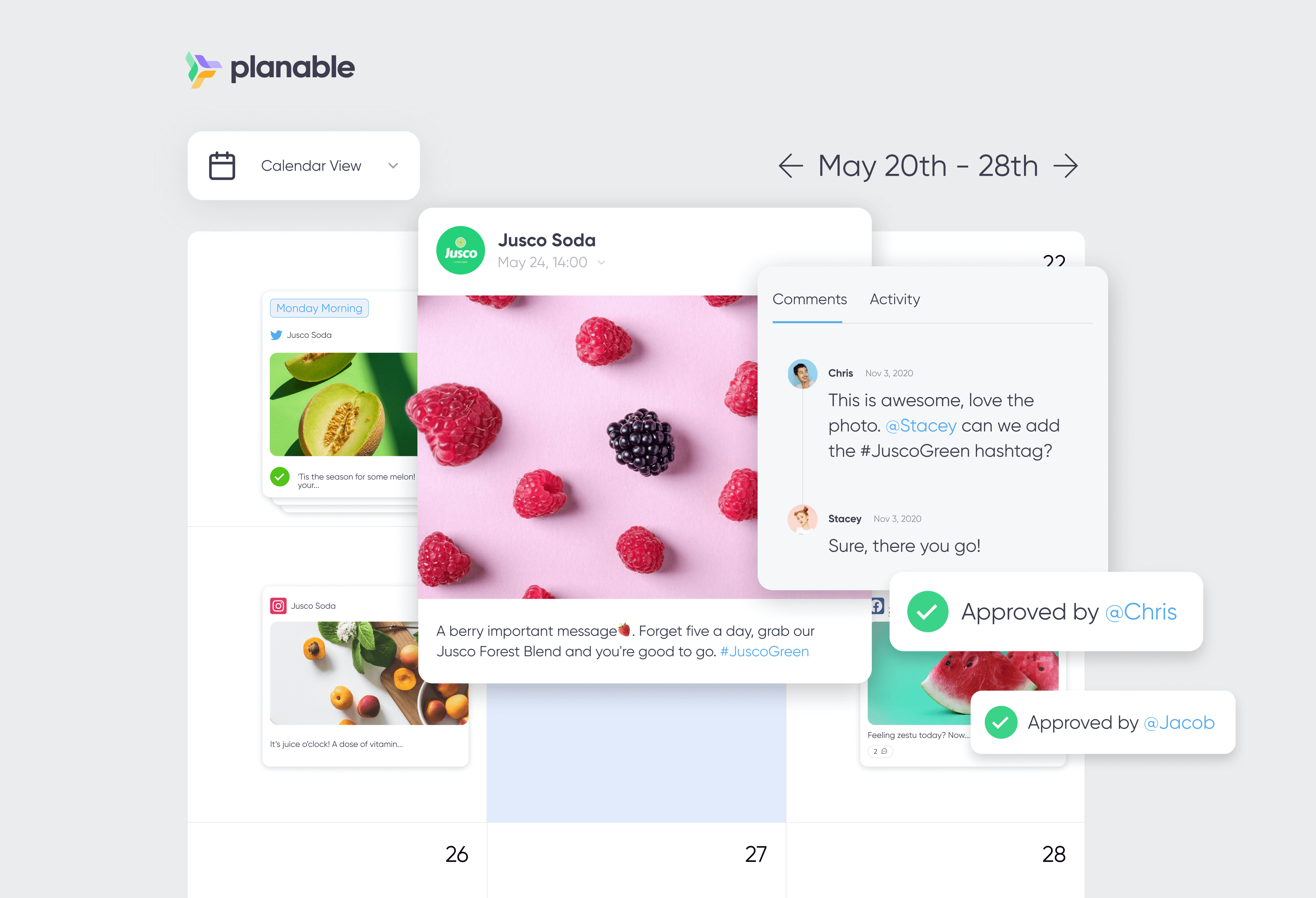
Planable is an end-to-end tool that makes content collaboration fast and painless for social teams. It powers creative collaboration for social media and is used by over 5,000 social teams at Hyundai, United Nations, Social Chain, and Syneos.
What is Planable?
Planable is an end-to-end workflow tool that makes content collaboration fast and painless for social teams. By bringing team members and social content on the same page, brand storytelling can be done better and faster than ever before. Planable powers creative collaboration for social media posts while previewing exactly how these posts would look on their desired platforms and is used by over 5,000 social teams at Hyundai, United Nations, Social Chain, and Syneos. The company is founded by exceptional Forbes 30u30 entrepreneurs.

We sat down with Alex, the leader of Planable's QA team and DevOps initiatives to hear more about his role at the company and how incorporating webapp.io has made a significant difference in simplifying Planable's review process, their developer velocity, and their company’s developer experience as a whole.
Watch the full video testimonial below:
Process:
As the main engineer who maintains all of Planable's DevOps initiatives, Alex was responsible for the onboarding process. Although early in his DevOps engineering journey, he noted that he was "surprised by how intuitive it all was and how easy it was to have a basic CI pipeline up and running".
In a couple of hours, Alex saw improvements in speed and was impressed by how each feature could be in an independent layerfile, which allowed for developers to work more easily without getting bogged down by lengthy files.
Tech Stack:
Before webapp.io:
- GitHub Actions for basic CI/CD automation
Challenges:
Some difficulties Planable experienced with their existing solution:
- Having to maintain and add to a large test suite with a number of existing automations
- Difficulty sharing existing works-in-progress with different stakeholders, often with non-technical backgrounds
- Developers had to build platforms on their computer and expose that port to the network to allow other teams to connect to their computer
After webapp.io:
- Tech stack remained the same
- Webapp.io for internal sanity checks, running e2e test suites, deployment to production, ephemeral environment links using review environments
webapp.io solutions:
- Using the layerfile composition feature, code can be structured in an easily readable way with each separate feature in a separate file, eliminating the need for lengthy YAML files
- As developers make changes they can now have continuous feedback from automated tests and input from non-technical team members using the ephemeral environment feature of webapp.io
- webapp.io creates per-commit preview environments, which allows team members to avoid the difficult and lengthy process that was previously in place to share work
Why did they choose webapp.io?
From the perspective of Alex, the manager and leader of Planable's DevOps initiatives:
“The first thing that we noticed is that costs got lower. This allowed us to not think about stuff like how many machines to parallelize or end-to-end unit tests. The preview links and ephemeral environment system allowed for more opportunities for cross-team collaboration [and] updating certain parts of the automation pipeline has become much easier now.”
- Alex, DevOps Engineer
